How to work with color in the real world
In the conclusion of this series, Mike puts everything he's taught to practice on two different sample boards.Videos in the Series
-
Why is wood brown?May 13, 2022
-
Wood dyes vs. wood stainsMay 13, 2022
-
Working with pigmented wood stainMay 13, 2022
-
Working with wood dyeMay 13, 2022
-
How to dye sapwoodMay 13, 2022
-
Using a color wheelMay 13, 2022
-
Four ways of adding color to woodMay 13, 2022
-
6 rules for coloring woodMay 13, 2022
-
How to work with color in the real worldMay 13, 2022

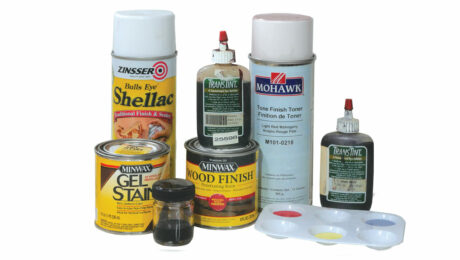
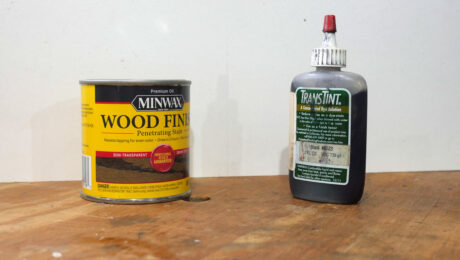
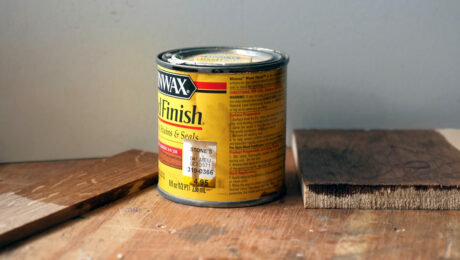
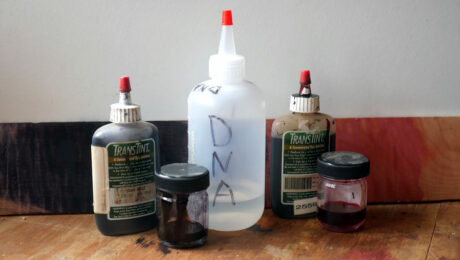

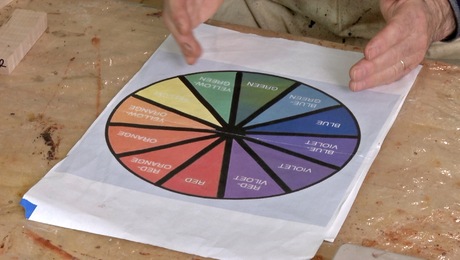

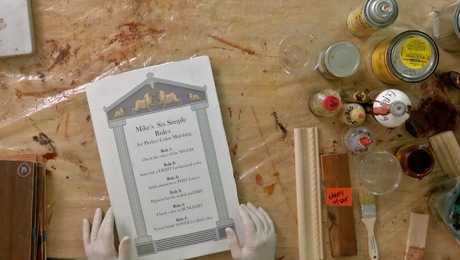
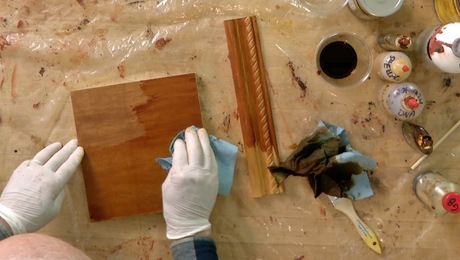






















Comments
This was awesome - I thought I knew what I was talking about until I watched this! Now I know where I have gone wrong with staining in the past. Thanks, Mike.
Great information Mike. I will put it to good use.
Outstanding. I have decades of experience in finishing wood but I have never been able to explain the multiple processes/steps as well as Mr. Mascelli.
Excellent tutorial! I may have to watch this a few more times I am sure I won't get it or remember it all in one sitting. A lot of great information that answered a lot of questions. Thank you.
Thank you for this excellent explanation of the finishing process Mike! Always wondered how glaze and toner fit in to the schedule.
George Frank would be impressed.
Thanks for the lessons! You've taken some of the fear out of finishing for me.
Wow, what an education. Thank so much. I've been finishing wood for many decades and never completely understood all that I was doing. Kudos to Ben Strano and the FWW team for bringing Mike Mascelli to the screen. Like Ben's interview with Michael Fortune last year (a master class on bandsaw techniques), this video series is worth the annual subscription.
I've been using water soluble aniline dies for years. I can mix a batch, store it in a plastic half gallon milk jug without much worry about evaporation. I'll try TransTint colorants but because of evaporation I'll have to start keeping notes. I added shellac to my repertoire some years ago when faced with a persistent fisheye in nitrocellulose lacquer.
The information about using a color wheel should be helpful.
I had mused about adding color to lacquer and spraying it with my hvlp gun. Instead now I'll try commercially available spray toner.
TransTint works in water too. I think Mike was using alcohol to have less grain-raising, so if you are already good with that, you should be fine in water. Also, if you are already spraying, toning with HVLP won't be a problem for you either. You can use TransTint in lacquer and shellac, and you can search and find more info on that from Homestead.
Love your style Mike. I just spent 3 days learning French Polishing. It was useful but I found your tutorials really enhanced what I learnt and took me so much further. (FYI: check out the Video workshop on Upholstery that Mike does - awesome)
EXCELLANT tutorial. How do I apply these items to a large project? I don't have spray equipment. I am making a toy chest. I understand you get laps when applying dye by hand.
Thanks
Steve H
Excellent presentation. One question. Was the shellac that you sprayed between coats of dyes and pigments, etc. de-waxed?
A master class! Thanks. I too was wondering about the the wax in the shellacs you were using; always have been cautioned against that.
Can you give a timestamp? I don't think there was a single wax used in this whole series.
Very late to the conversation, but I think he was asking: is the sprayed shellac de-waxed or not?
For a neophyte at finishing this was a highly informative--and very well done--introductory tutorial. Kudos! I would like to see more from Mike, particularly techniques for handling large surfaces--such as table tops, case sides, etc.-- while avoiding blotches, lap marks, etc. Thanks.
Outstanding explanation of finishing! Without a doubt, this series was the most information packed discussion of almost all of the Woodworking how to videos. Thank you!
What a great series of videos. Very helpful.
What i don’t understand is spraying toner onto a finish and then spraying a finish on top of the toner without it being lacquer. If anyone understands this please help me. I read the comments about wax and unwaxed shellac but what about polyurethane?
wow I watched this just in time to put finish on a build with maple. I was thinking of going with a gel but after watching this. I will start of with my trusty schelac follwed by a stain/dye product.
Log in or create an account to post a comment.
Sign up Log in